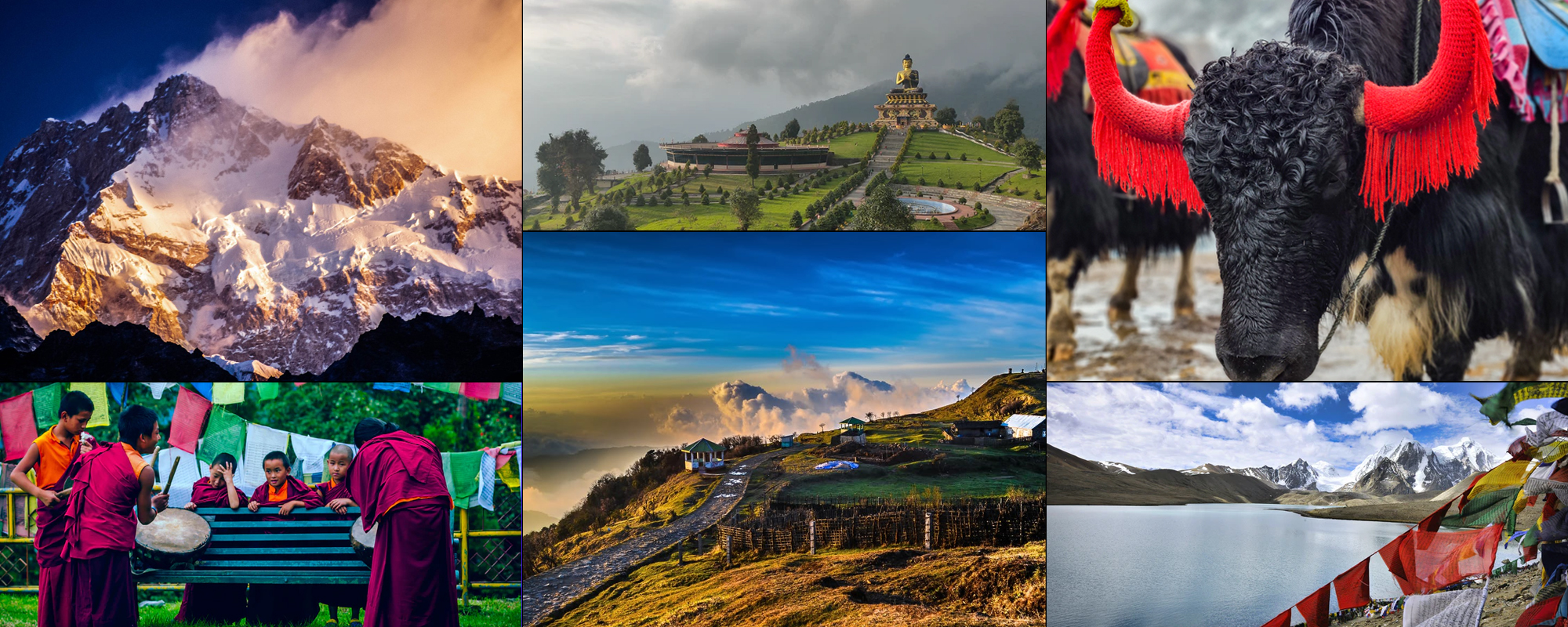
In the northeastern part of the country, in the eastern Himalayas, sits the Indian state of Sikkim. This is one of the smallest states in India. Bhutan is Sikkim's neighbour to the southeast, the Indian state of West Bengal to the south, To the north and northeast, the Tibetan Autonomous Region of China; to the west, Nepal. The state's capital is located in Gangtok, a city in the state's southeast. Sikkim, which is located in the Eastern Himalaya and has alpine and subtropical temperatures, is well recognised for its biodiversity. It also contains Kangchenjunga, the highest peak in India and the third-highest mountain on Earth. Sikkim's capital and largest city is Gangtok. The state has Khangchendzonga National Park, which covers more than 35% of it. Sikkim had previously been a sovereign state, but in 1950 it was became an Indian protectorate, and in 1975 it was made a state. Despite its modest size, Sikkim has significant political and strategic significance for India because of its placement along several international borders.
The best time to visit Sikkim is in the warm months of March through June and September through December. Sikkim has snowfall in the months of January and February, and it is advised to stay away during the monsoon season (July to August) since there is a chance of landslides. In the summer, it is still warm. Winter month typically sees snowfall (Late December to February).
Copyright 2012-2022 Indiamap Digital Pvt Ltd. All rights reserved. Privacy Policy | Terms of Use